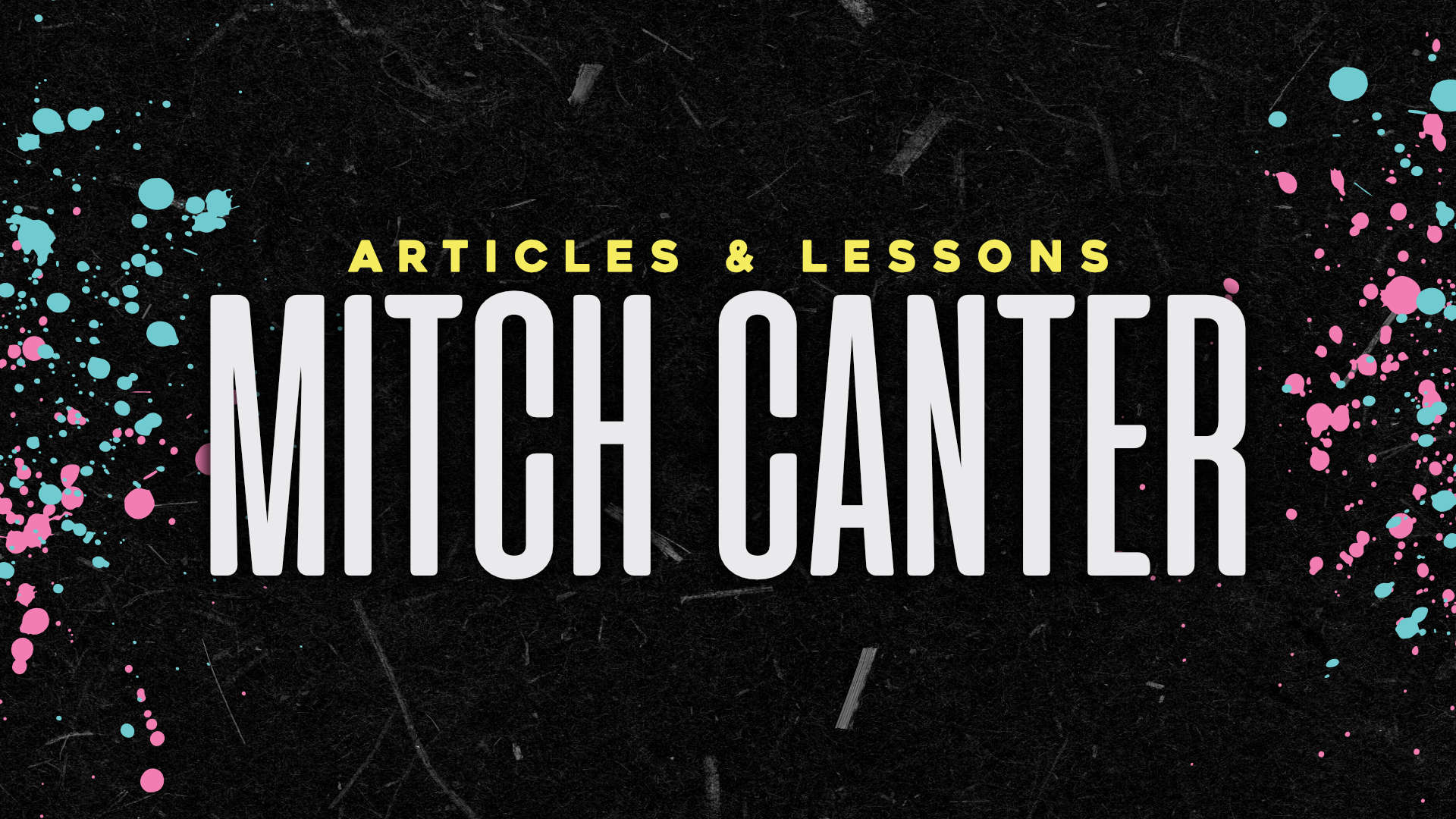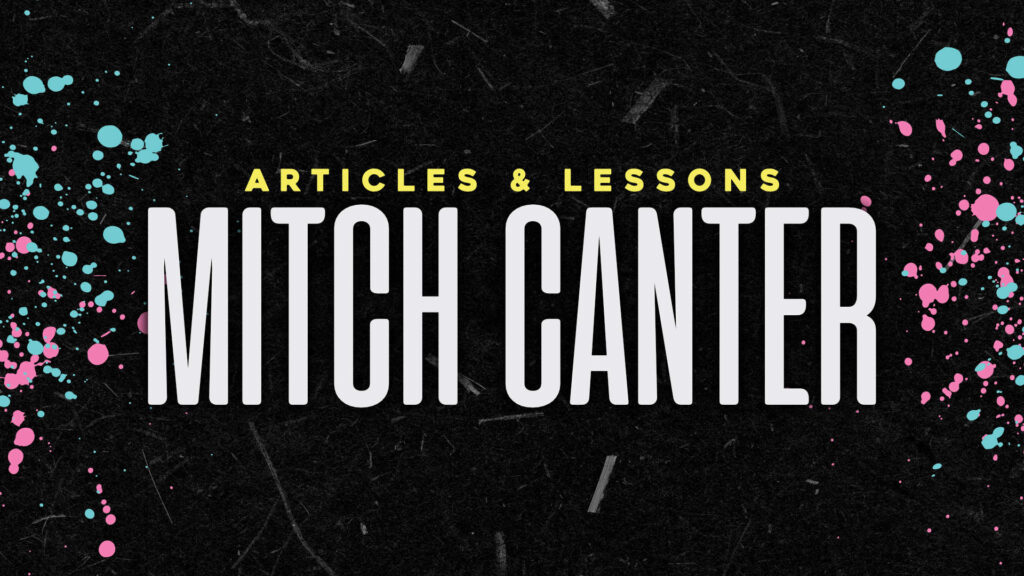A good favicon (the little icon next to your URL in the address bar) can mean the difference between a boring bookmark, or standing out in a bookmark list. It’s also something most people don’t think about, simply because it’s such a small part of the overall presence of a site. Here’s the thing, though: having a favicon means that there’s a logo of yours associated with your site’s title, 24/7, in someone’s bookmark list. It’s an opportunity you don’t want to pass up. The good news: it’s extremely easy to do.
Getting the Favicon Designed
There’s a few options you have here. There are sites such as http://www.favicon.cc/ that will let you use an online editor to create them. If you already have a logo, but don’t have Photoshop, use Paint or another image editor to put the logo on a SQUARE image (size doesn’t matter at this point). Finally, if you don’t have a logo, putting the first letter of your name on a solid color (that matches your branding) is a solid way to make a simple favicon that stands out.
Creating the Favicon .ico File
If you use an online favicon creator, you’ll end up with a file with the extension .ico – the default extension for favicons. If you’re using your own logo or creating it in Paint, then you have an extra step. Head over to Dynamic Drive and use their generator. Don’t worry about the options – all you need to do is upload the .jpg, .gif, or .png file. It’ll render you a .ico file – save this file somewhere simple to remember.
Uploading the Favicon
Finally, you want to log into WordPress and install the All-in-One Favicon plugin. This plugin has two separate favicon sections: one for the front end (user facing) pages, and one for the backend (administration) pages. Upload the .ico file to the appropriate upload section.
Note: I know it says that there’s spots for .jpg, .gif, and .png files, but in my experience .ico files work on all major browsers with 0 problems… may as well go with the tried-and-true method!
And that’s it – the favicon will start showing up on all of your pages, and in the admin dashboard.




